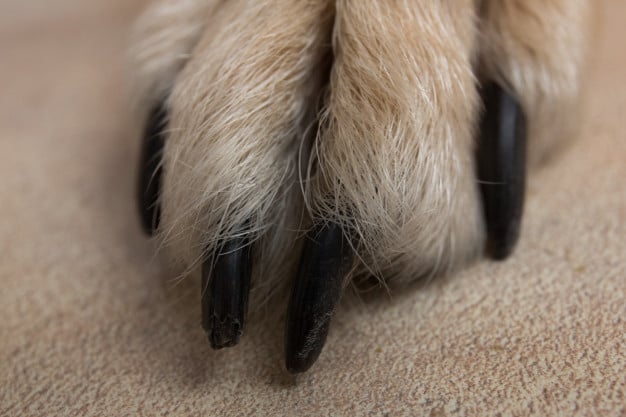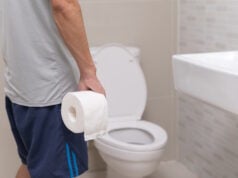
Updated April 20, 2024
Trimming or grinding your dog’s nails isn’t just necessary for them to look clean and tidy. Like other animals, a dog also relies on the information from the nerves present in the toes to judge the gravity.
We will discuss the ‘why’ part in a different section, but let’s face it, grinding or trimming a dog’s nails is the most dreadful part of grooming.
Why Should You Grind Your Dog’s Nails?
Dogs used to spend most of their time outdoors as a helping hand to their human masters in old times. Their nails were worn off naturally by running around and other activities outdoors. But with the time and advancement in everything, we have moved into a better house and we have dogs as our family members rather than helping us in hunting, herding, protecting, etc., thereby growing long nails that need to be cut off.
Moreover, the overgrown nails can put pressure on the nailbed and it can be displaced causing sore toes. The nail can also break unevenly causing pain and sometimes bleeding too. All in all, you need to grind your dog’s nail when they are overgrown. The right time to cut your dog’s nails is when you hear the tap-tap-tap sound when your dog walks indoors.
Tips on Grinding Your Dogs Overgrown Nails
Before you actually start trimming the nails, you will need to desensitize your dog with the sound of a running nail grinder.
Preparing for Grinding
There are so many dog nail grinders available but I would suggest you get one that is cordless and makes the least noise while running. Before your dog actually goes through a grooming session, let your pooch play a little bit and get comfortable with its touch to his toes.
Do this often and use treats and clicker along with it so that your dog associates happy feeling with it. Also, often turn on the device so that the noise doesn’t bother your buddy. It’s okay if you don’t complete grinding all the nails at one sitting. Do it in multiple sessions.
Trimming Nails Using A Grinder
Sit beside your dog and hold his paw and grip one toe firmly at a time, but you shouldn’t squeeze it. Turn on a grinder and grind the nail with the rotating surface. Most devices come with a nail guard that allows you to grind nails at the appropriate angle.
Remember, high rotating speed and more contact time can heat up the surface of nails and can be painful for a dog. That said, don’t grind for more than 3-5 seconds at one go and don’t push the nail towards the grinder, instead bring the grinder closer to the nail.
Identify Quick of the Nail
This is the most crucial part of trimming the nails. If you grind deeper and nick the ‘quick’ region, it gets painful for your dog and he might also bleed. The ‘quick’ region has the nerves and blood vessels and looks dark pink. With light-colored nails, the ‘quick’ region is visible making the grinding process easier.
On the other hand, you won’t be able to identify quick easily with dark nails. So with each grinding effort, look closely at the cross-section of the nail. If you’re able to see a greyish pink colored dot or a darker colored dot, that means you’re closer to quick and should stop at this point.
To avoid harming your pet, always go slow with covering grinding depth. Because it can cause the pain that may result in a lifelong aversion to nail trimming. Keep styptic powder or corn starch handy if you misjudge and cut in quick. Immediately apply it on the nail and it should stop the bleeding if any.
Trimming with a grinder is easier and safer because it’s a slower process with better control than trimming with nail clippers. Moreover, with the overgrown nails, the quick region also grows.
So it is important to note that the quick region of your dog’s nails won’t be the exact same every time you trim them. But once you’re regular with grinding, the quick region should recede.












